Canadian exporters navigating U.S. Customs and Border Protection (CBP) requirements must ensure compliance with documentation, certification, and tariff rules, particularly under the Canada-United States-Mexico Agreement (CUSMA). Key steps include certifying the origin of goods, submitting accurate export declarations when required, and understanding the distinction between informal and formal entry processes for U.S. imports.
Key requirements and considerations for Canadian exporters:
-
Certification of Origin under CUSMA:
Canadian exporters must certify that their goods comply with CUSMA rules of origin to qualify for preferential tariff treatment in the U.S. This certification can be included on an invoice or other document and must contain specific data elements such as certifier and exporter details, description and HS code of the goods, origin criteria, and certifier’s signature and date. While there is no official form, the U.S. CBP provides an optional template. The U.S. importer claims the tariff preference but must have the certification on file. -
Export Declarations and Permits:
Generally, Canadian exporters must submit an export declaration to the Canada Border Services Agency (CBSA) for commercial goods leaving Canada, except for goods exported to the U.S. valued under CAN $2,000 or certain non-restricted goods. Exporters should verify if their goods require permits or declarations, especially for restricted or controlled items. -
Entry Process in the U.S.:
Goods valued under US$2,500 can enter the U.S. via informal entry, which requires the exporter to accompany the goods or have a co-signee pick them up. Formal entry applies to goods over US$2,500 or unaccompanied shipments and requires a customs broker and a bond. Exporters should be aware of these distinctions and prepare accordingly. -
Role of Customs Brokers:
While exporters retain ultimate responsibility for compliance, customs brokers are valuable partners in ensuring accurate tariff classification, valuation, and documentation. Maintaining active communication with brokers is recommended to avoid errors and delays. -
Additional Tariffs and Compliance Risks:
Some Canadian goods may be subject to U.S. tariffs under the International Emergency Economic Powers Act (IEEPA) or sectoral tariffs under Section 232 unless they meet CUSMA origin rules and have proper certification. Exporters should stay informed about tariff changes and seek advanced rulings from CBP if uncertain about classification or tariff treatment. -
Resources and Tools:
Exporters can leverage tools from the Canadian Trade Commissioner Service and CBSA, such as origin calculators and compliance guides, to verify eligibility and streamline export processes.
In summary, Canadian exporters to the U.S. must carefully certify origin under CUSMA, comply with Canadian export reporting requirements, understand U.S. entry procedures, and collaborate with customs brokers to meet U.S. CBP requirements and benefit from preferential tariff treatment. When in doubt, consulting CBP or requesting advanced rulings can provide binding clarity on compliance matters.


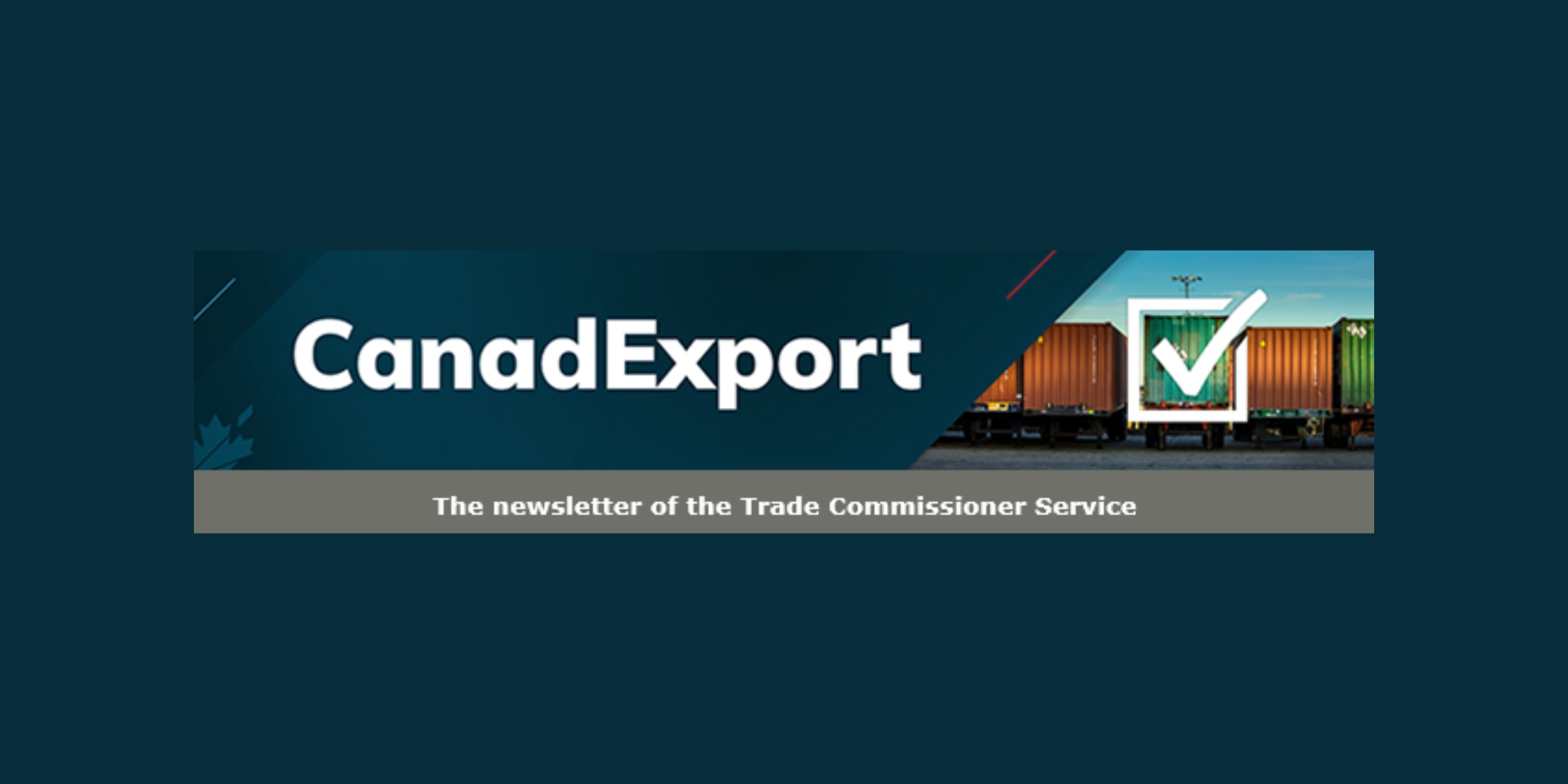








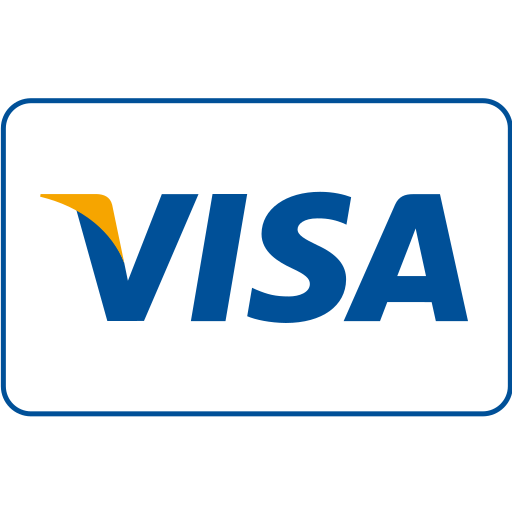
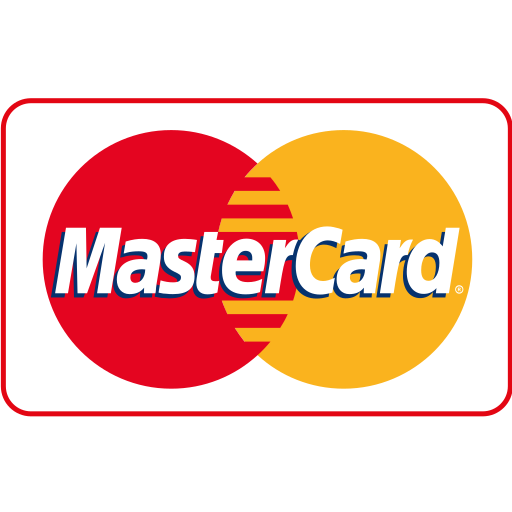
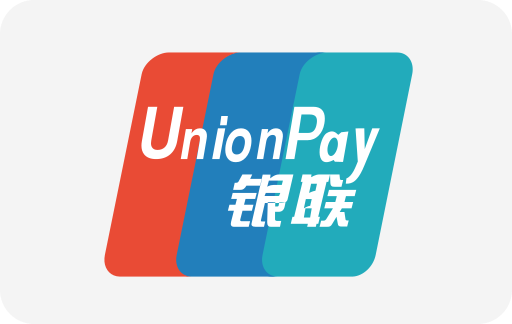
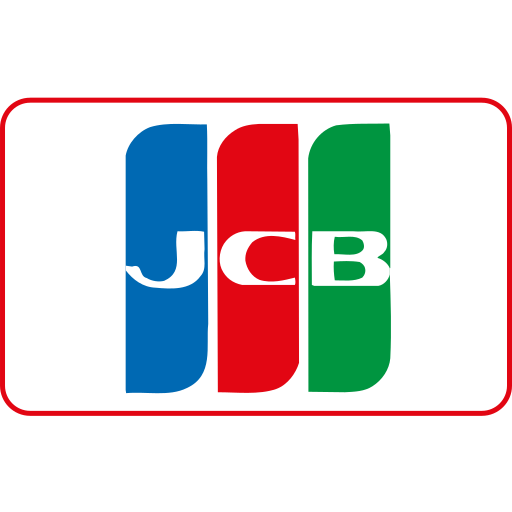



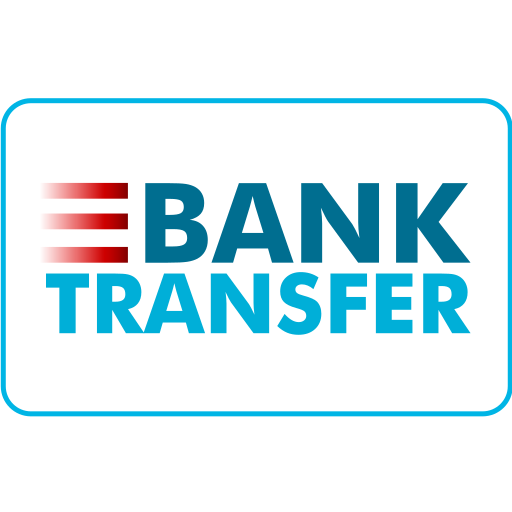
Maple Ranking offers the highest quality website traffic services in Canada. We provide a variety of traffic services for our clients, including website traffic, desktop traffic, mobile traffic, Google traffic, search traffic, eCommerce traffic, YouTube traffic, and TikTok traffic. Our website boasts a 100% customer satisfaction rate, so you can confidently purchase large amounts of SEO traffic online. For just 720 PHP per month, you can immediately increase website traffic, improve SEO performance, and boost sales!
Having trouble choosing a traffic package? Contact us, and our staff will assist you.
Free consultation